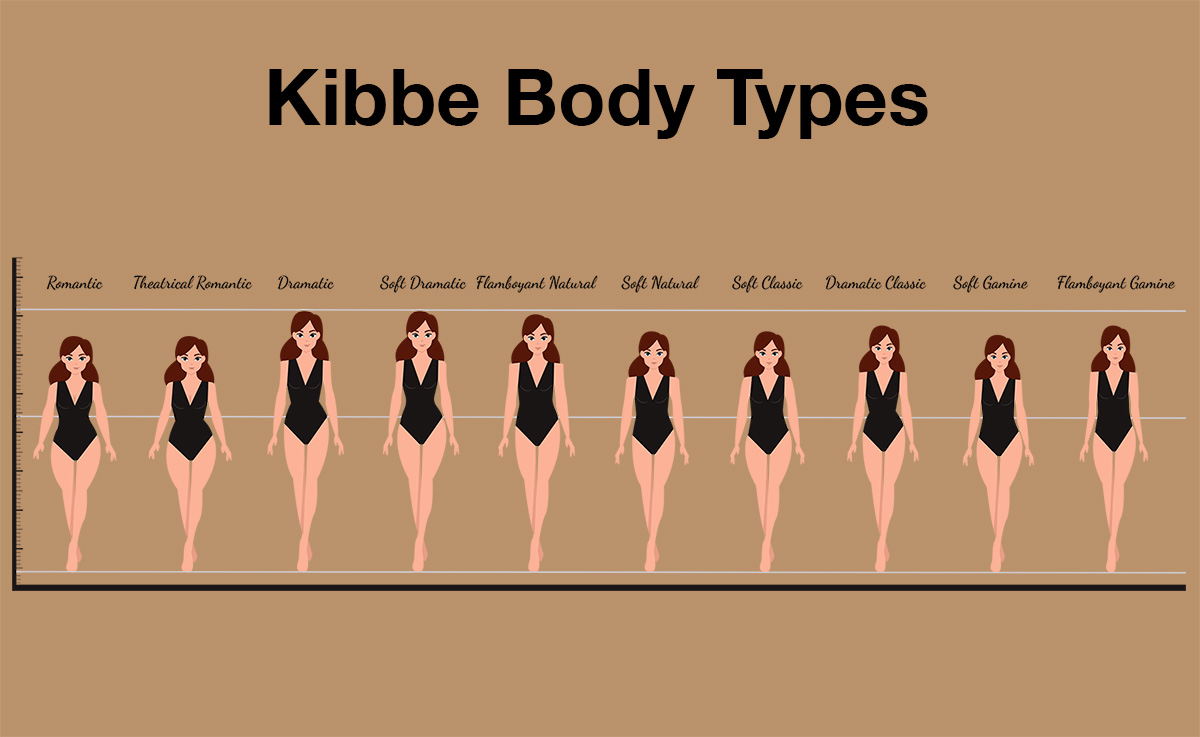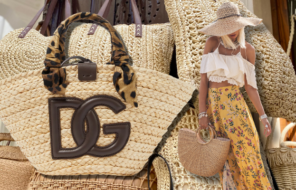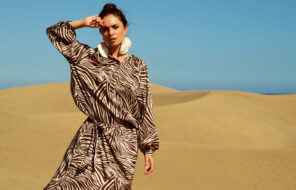Fashion is one of many industries constantly changing based on seasons, trends, and even past decades. While we all have our styles, according to one man’s theory, we also have our own body types and, based on these results, clothing that best suits our features.
The Kibbe body types are a shape system created in 1987 by image consultant and author of Metamorphosis, David Kibbe. The system contains ten body types, focusing on five main categories. Each category contains characteristics to consider in defining your specific body type. The Kibbe system doesn’t focus on weight itself but on bone structure, facial features, and body weight distribution. The main purpose of Kibbe’s system is to give people techniques to understand their bodies more clearly, accept how they were made, and dress harmoniously based on what they have.
The Different Kibbe Body Types
The cool thing about the Kibbe body types is that they’re all inherently celebrated as stunning! Occasionally, we’ll use words like “slim” or “wide,” so it’s important to clarify that they refer to the skeleton since the Kibbe body types don’t change with weight gain.
Romantic
The romantic body shape is petite and has small, delicate facial features but has a full bust and ample curves. Overall, the body frame, bone structure, facial features, and fleshier parts of the body present an opulent, curvy silhouette.
While Marilyn Monroe is undoubtedly one of the most iconic romantic body types, other celebrities like Beyonce, Drew Barrymore, and Madonna also share the same body type.
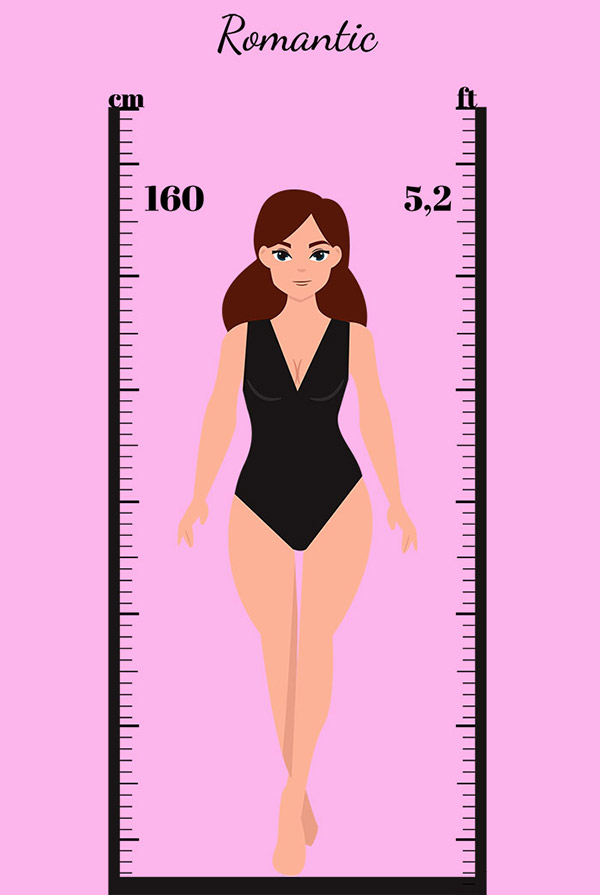
Theatrical Romantic
The theatrical romantic body type is very similar to romantic, sharing its majority of feminine qualities, but this body type also contains some masculine traits. While both body types are short and petite, the theatrical romantics’ bone structure is narrower and has sharper facial features in the jawline and cheekbones.
Celebrities, including Selena Gomez, Salma Hayek, and Mila Kunis, are all great examples of theatrical romantic body types.
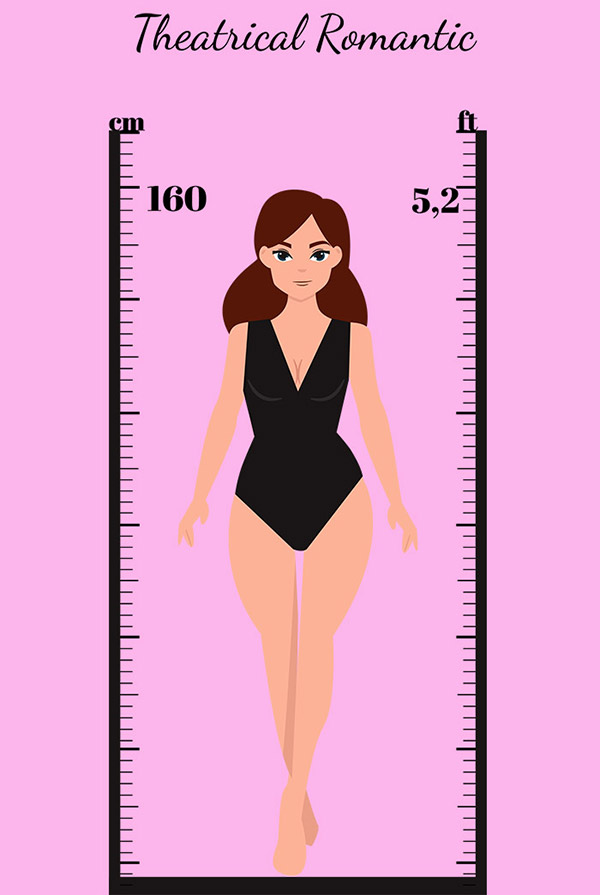
Dramatic
A Dramatic body type falls on the opposite side of the spectrum where traits are more masculine. The dramatics are very tall individuals with a narrow build and small bust with a straight waistline. Their facial features are also very prominent, presenting a sharp jawline, nose, and cheekbones. Many models fall under the dramatic body type due to their recognizable features.
Former Victoria’s Secret Angel Alessandra Ambrosio is one model that defines the dramatic body type perfectly. In addition, celebrities like Taylor Swift, Katharine Hepburn, and Ruby Rose also share the same body type.
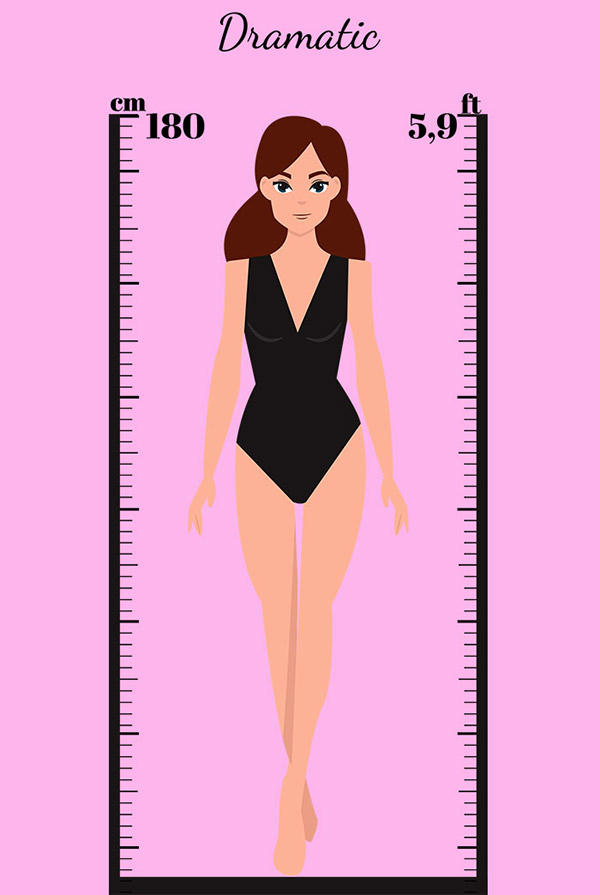
Soft Dramatic
Soft dramatic body types are similar to dramatic in that they share the same tall, narrow build and have prominent, sharp facial features. In contrast, the body has softer, rounder features in the bust and hip area, making it more likely to become fleshy. The waist is also more moderate than dramatic and can become thick. Soft dramatic is a more curvy version of the dramatic body type.
Examples of celebrities that have a soft dramatic body type include Sophia Vergara, Ashley Graham, Tyra Banks, and Adele.

Flamboyant Natural
Like the dramatic body types, flamboyant natural also has a tall stature but with broad, squared shoulders. The bust line is flatter, and the waistline and hips are straight. Flamboyant Natural’s facial features, like dramatic, are also wide and angular with sharp edges.
Celebrities like Cameron Diaz, Cindy Crawford, and Nicole Kidman all bring overwhelming femininity to what can feel like an unforgiving masculine body type.
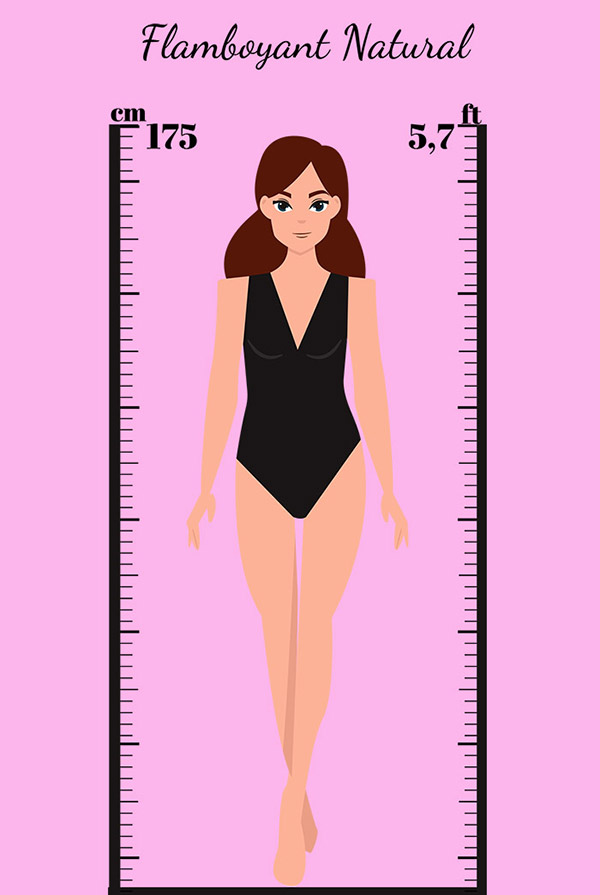
Soft Natural
Soft natural body types are shorter, more petite frames in comparison to flamboyant natural. They also have more curve but still have the straightness and broad shoulders. They may have a slight hourglass figure, but the waist is still relatively small compared to the bust line and hips. There’s no definitive answer regarding facial features, as soft natural body types can have different characteristics, but they will most likely have blunt or sharper edges.
For example, celebrities like Jennifer Lopez, Katy Perry, Kat Dennings, and Kim Kardashian all have different facial features yet are classified as soft natural in Kibbe’s system.
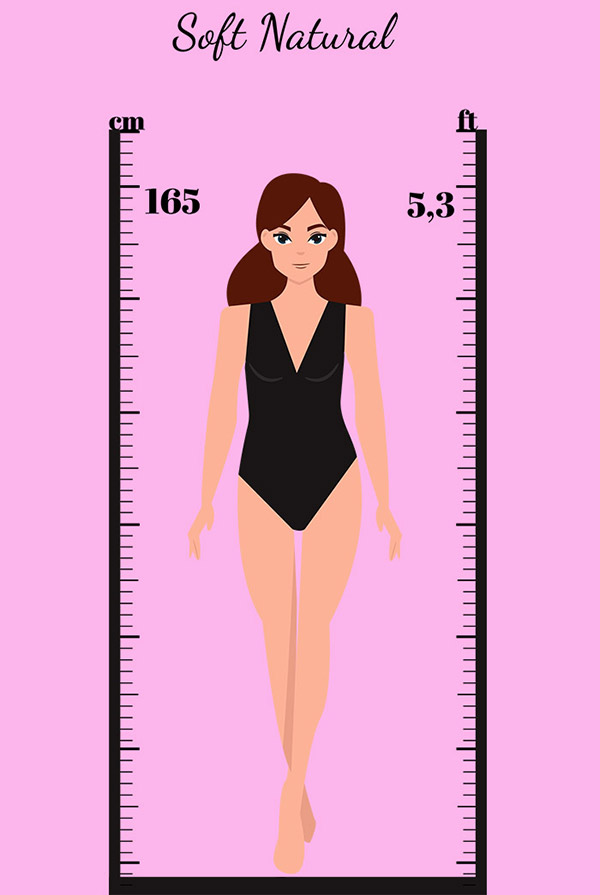
Soft Classic
Soft classic is a combination of Yin and Yang in both its body and facial features. This body type is typically of average height and has a symmetrical look balancing out an evenly proportioned bust, hips, and waist. While it gives a slight curve, it’s not quite as curvy as the romantic body type. The facial features are soft and wide with a delicate, rounded finish.
Grace Kelly, Kirsten Dunst, and Naomi Watts are great examples of classic soft body types.
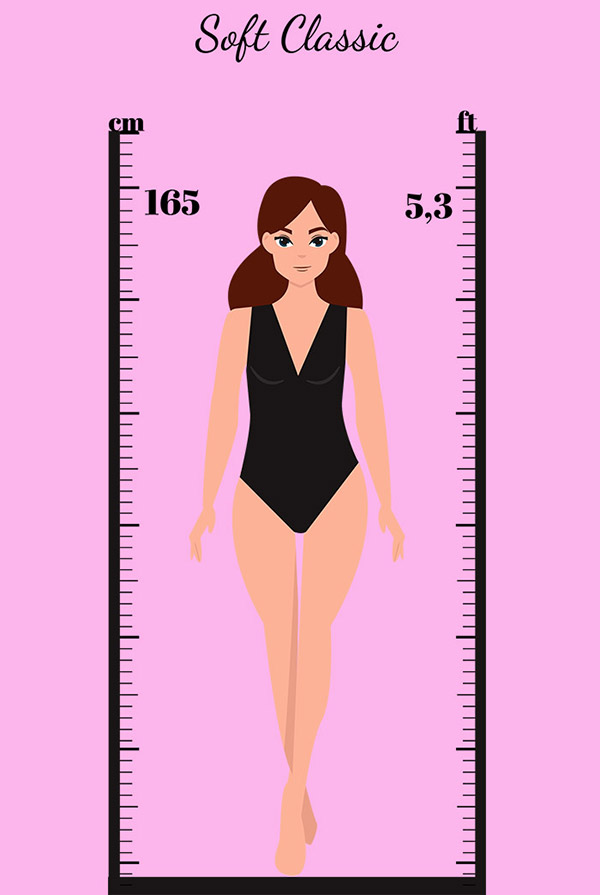
Dramatic Classic
The dramatic classic body type also combines Yin and Yang, but the dramatic body type has more masculine traits within. This is typically the average body type (similar to soft classic). Still, there are some instances when individuals might be taller and, in addition, have longer arms and legs. The structure is narrow but has broad, squared shoulders, and because this body type can look on the muscular side, it brings out more of a masculine side. The face is more square-shaped, but the facial features themselves aren’t as prominent and blend well together.
Celebrities with dramatic classic body types include Jaqueline Kennedy Onassis, Olivia Munn, and Lizzy Caplan.
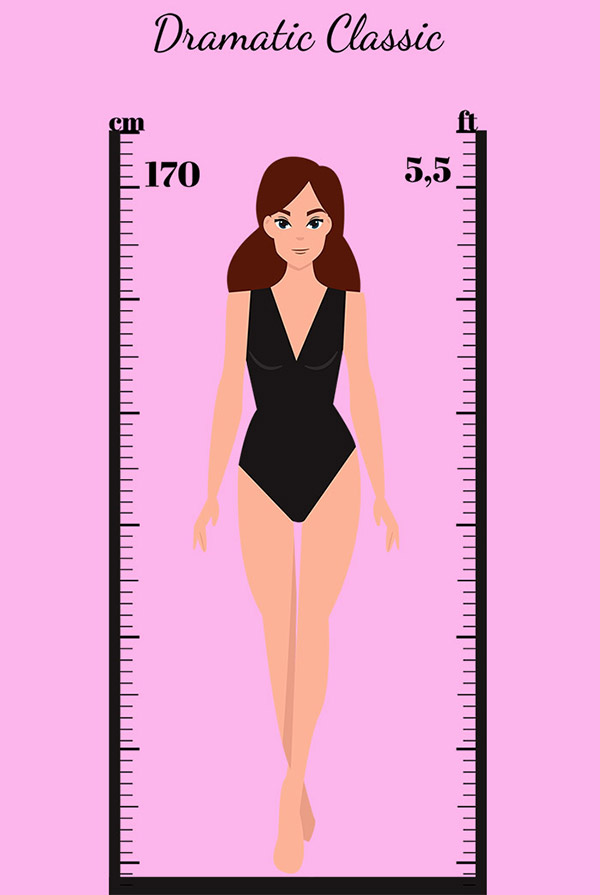
Soft Gamine
Soft gamine body types have some level of Yin and Yang but lead towards femininity (Yin) and are one of the more unique body types on this list. One of the most important things to remember about soft gamines is that they’re short (typically around 5’5” or shorter) and look small. While the shoulders are more angular, they have a curved bust line, delicate structure, and a feminine hip definition.
Celebrities matching the soft gamine body type include Audrey Tautou, Sarah Hyland, Wynona Ryder, and Betty White.
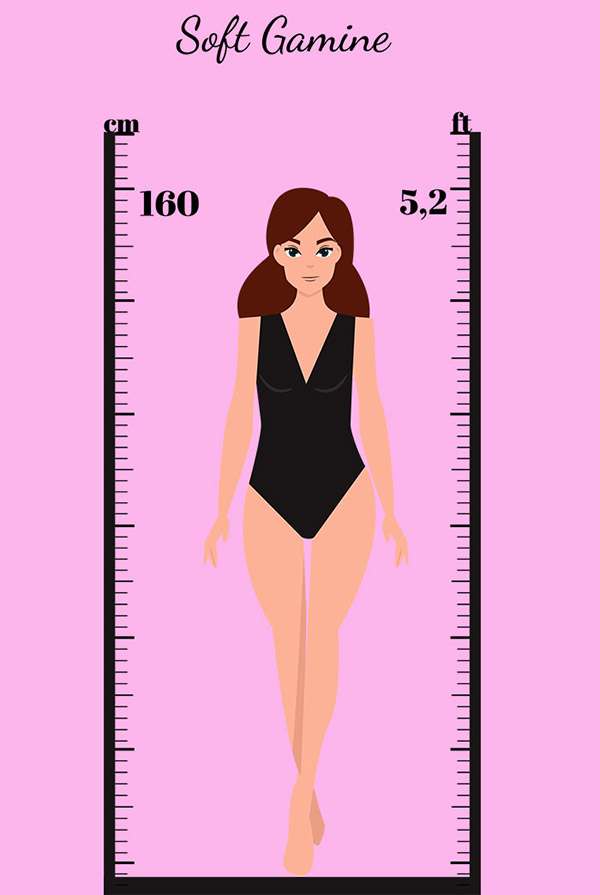
Flamboyant Gamine
While still petite, flamboyant gamine is slightly taller than soft gamine and has more masculine traits. The body type has angular shoulders and can appear broad, just as with facial features like the jawline and nose. Their silhouette exudes the sleekness of straight lines, bereft of the voluptuous roundness of Soft Gamines.
Celebrities like the iconic Audrey Hepburn, Lucy Liu, and Zooey Deschanel are all great examples of flamboyant gamine body types.
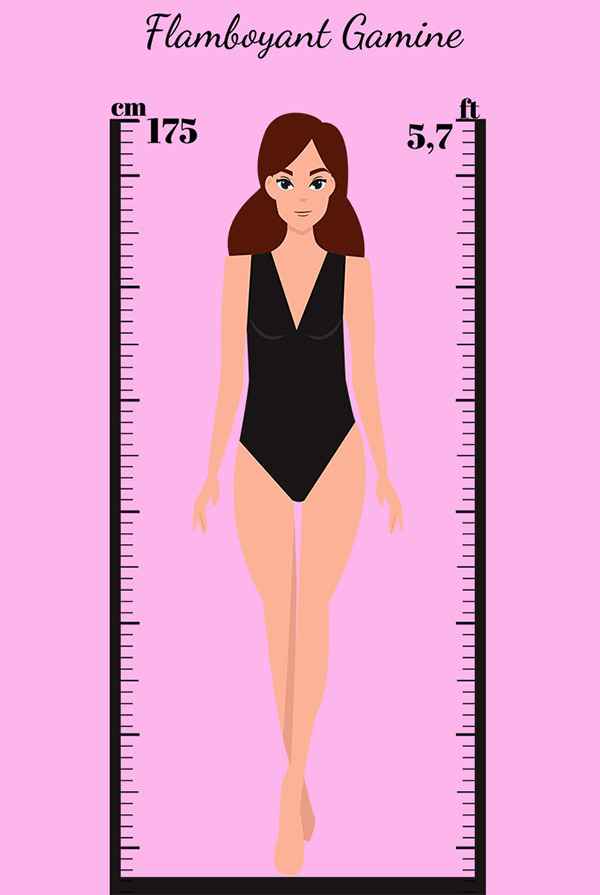
How to find your Kibbe body type
Based on Kibbe’s system, there are a few different ways to determine your body type. Exploring your bone structure, body flesh, and facial features in a Kibbe body type test can help define your body lines alongside a contrast/blend spectrum to determine your ultimate type. You can take an in-depth quiz requiring you to take a picture of yourself and write down all your answers, but trust us when we say it is time-consuming.
There is an alternative option to take a (much quicker) online quiz that features 11 questions and includes descriptions and celebrity comparison photos to reference. (It’s important to note that these test results depend solely on the awareness and accuracy of your perception of your body.)
There is no official Kibbe body type test at the moment, and the only 100% accurate way to know your body type is to set up an in-person consultation with David Kibbe himself, which can be quite costly.
Dressing for your Kibbe body type
Figuring out what to wear and what is going to become easier once you know how to dress for your Kibbe body type.
Fashion for romantic
The ideal Romantic body type fashion features clothing that accentuates the curves and hourglass figures in a soft, delicate manner. Wearing lightweight fabrics (like silk) or garments that flatter curves (such as high-waisted skirts) are perfect for this body type. Wrap dresses and pencil skirts are also great options as they form to the body naturally.
Fashion for theatrical romantic
Like romantics, theatrical romantics can use clothing that emphasizes their waist, highlighting their shape. Opting for softly draped silhouettes and high-waisted fits is perfect for their body type. Anything glamorous, like glittery sequin dresses, for example, looks amazing on theatrical romantics. Try wearing lightweight clothing with soft fabrics that feature floral and rounded prints.
Fashion for dramatic
Because the dramatic body type has more Yang (masculine) characteristics, it allows for a more intense, sharp look in its garments. Dramatics are much taller than romantics, so wearing long jackets and striped clothing will only further pronounce their length. Wearing angular or structured clothing is also very flattering for this body type. Stick to structured, angular, or anything tailored for your best dramatic look. Some examples are blazers, tailored pantsuits, sleek and fitted shirts, and long (straight) skirts.
Fashion for soft dramatic
Soft dramatic brings a softer, feminine side to the masculinity of the dramatic body type. Their fashion heightens the length of the body but is gentle enough to wear fabric that romantics wear and emphasize their waist in the process. Silk, cashmere, merino wool, and linen are some fabrics that are great for soft dramatics. Try wearing items such as straight-cut pants, dropped-waist dresses, and draped tops.
Fashion for flamboyant natural
The flamboyant natural body type is on the taller side but follows an unconstructed and asymmetrical guideline. Basically, this is the body type that was made for comfy clothes. Long, oversized clothing and flowing fabrics are great options. While most other body types suggest lighter-weight clothing, flamboyant natural suggests wearing heavy clothing. Leather jackets, suede, long skirts, and boot-cut or wide-leg jeans are all great options. If there’s one thing to take from this particular body type, avoid wearing anything fitted.
Fashion for soft natural
Similar to flamboyant naturals, soft natural is also a relaxed style that emphasizes the waistline for an hourglass figure. When creating this look, use asymmetrical and relaxed garments with fabrics such as silk, linen, or cotton to provide some shape to the waistline. Choose jackets that naturally curve around the waist or a soft outline skirt that hugs the hips. Soft or draped blouses are also great for this body type, especially with an open or draped neckline.
Fashion for soft gamine
Soft gamine clothing benefits the most from rounded options with sharp edges. The most important aspect to remember in this body type is to wear tight-fitting clothing and first focus on the waistline. Look for rounded necklines, ultra-fitted tops, tulip skirts, and cropped jackets that will show the curve of your waist. Also, try choosing lighter-weight, crisp, matte-finished fabrics and soft knit options.
Fashion for flamboyant gamine
Flamboyant Gamine focuses on asymmetrical and geometric shapes in its fashion choices, and they’re all about bold patterns and colors. Leather, suede, plush, and most other heavy fabrics will support this body type best, but you could also try satin garments (as long as it offers some weight to it). Opt for longer choices like a mid-thigh jacket with padded shoulders, straight, long skirts with soft edges, or long, roomy tops for the most flattering results. Soft edge prints, bold and vivid patterns, and rich, vibrant tones are the best for this body type.
Fashion for soft classic
Soft classics are balanced out for a clean, symmetrical, soft look that turns the attention to the waist. Well-fitted garments with a draped look are the most aesthetically pleasing as they naturally show the body’s curves. Fabrics should ideally be lighter in weight, avoiding anything too heavy or stiff, and patterns should be kept on the simple side. Try finding high-waisted bottoms that hug the waist and maintain balance. Flared and soft straight skirts can also give your body a natural curve.
Fashion for dramatic classic
Similar to soft classic, dramatic classic also focuses on clean, balanced, and simple garments but combines with the dramatic traits of more intense, sharp edges. Look for crisp, symmetrical, tailored, clean lines when shopping for dramatic classic clothing. Some prime examples are square and V necklines, narrow or drop-waist dresses, double-breasted jackets, or jackets with shoulder pads.
FAQ
Does every person fit into one of the ten Kibbe body types?
When glancing at a celebrity photo, most readers probably won’t be able to classify their body type on the spot. Even two celebrities that look nothing alike may fit into the same body type category. Kibbe’s classification system is so effective because it focuses on the essential aspects to define a body type: bone structure, facial features, and body flesh. While everyone has different physical features from one another, everyone has these three aspects that can be examined and defined into a body type system.
Are there 10 or 13 Kibbe body types?
In 1987, Kibbe introduced his body type system in his book, “Metamorphosis, A Personal Image And Style Book For Women,” comprising 13 body types. These body types included romantic, theatrical romantic, dramatic, soft dramatic, natural, flamboyant natural, soft natural, gamine, soft gamine, flamboyant gamine, classic, soft classic, and dramatic classic. Recently, he removed three body types, natural, classic, and gamine, stating that most individuals won’t fall directly in the middle and will typically fall either more on the yin or yang side of the range.
Are Kibbe body types for all genders?
While most examples of Kibbe’s ten body types are biological women, the unique body system applies to all genders. Kibbe uses the Yin trait to describe femininity and softness and the Yang trait to describe masculinity and angularity. Even so, men and women have both masculine and feminine features, proving that these traits intertwine and can be used in a non-gender bias fashion. Some examples of male celebrities and their body types include:
- Soft Natural: Brad Pitt
- Flamboyant Natural: Hugh Jackman
- Romantic: Elvis
- Soft Gamines: Daniel Radcliffe
- Dramatic Classic: Jon Hamm
As previously mentioned, Kibbe’s body type wasn’t created to categorize individuals based on weight, prevent them from wearing what they wanted, or exclude any genders. This system allows everyone to learn more about their body features, structures, and clothing that further accentuates their body and beauty.

